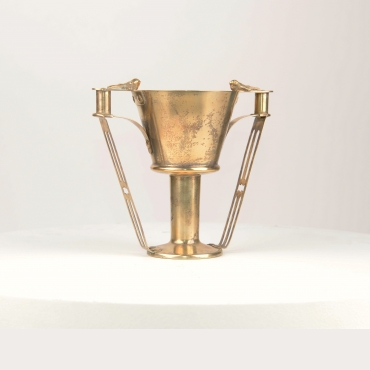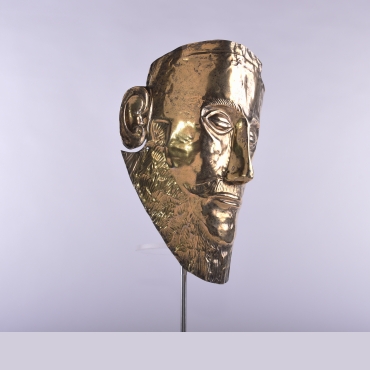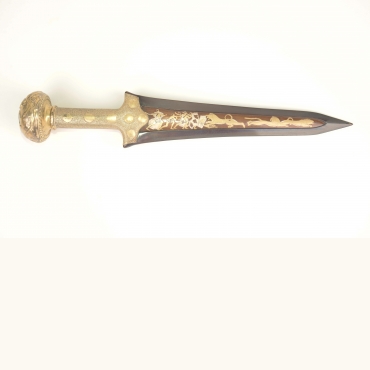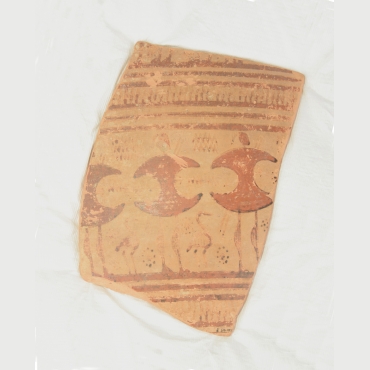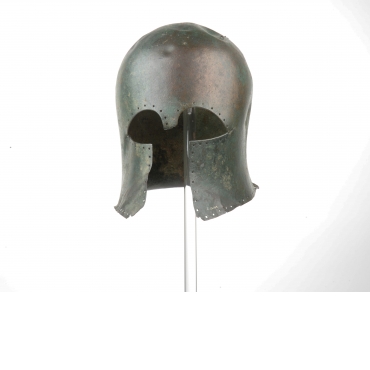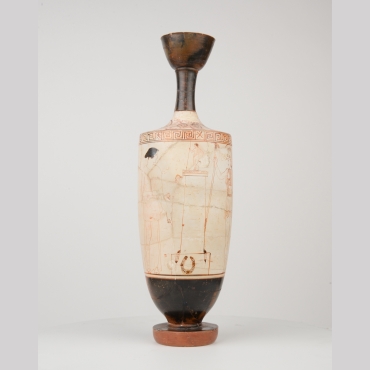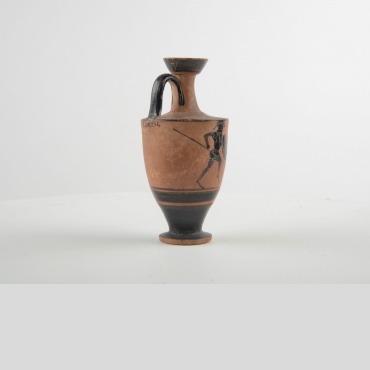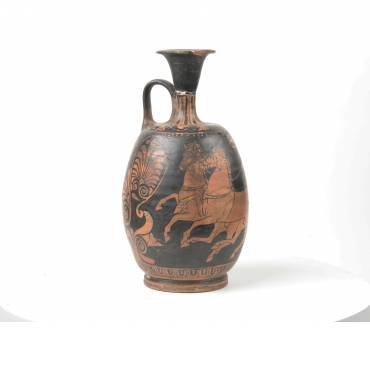Tales of Troy: From Homer to Hollywood.
This diverse set of materials, housed in the Museum’s Classical Teaching Collection, was selected for its association with themes related to the University of Otago Department of Classics’ paper Tales of Troy: From Homer to Hollywood.
If a Trojan War between Greeks and the people of Troy in western Asia Minor actually happened, as recounted in the Iliad and other later pieces of literature, very little solid evidence has been handed down that would allow us to attribute this major event in western history to a specific time period. Even the Iliad of Homer, possibly written in the 8th century BC, and the earliest surviving account of the Trojan War, raises more questions than answers, on the issue of chronology.
Many scholars today do believe that there are grains of historicity scattered throughout the Iliad and the Odyssey, and that later written and artistic depictions of the Trojan War can be helpful in helping us to better understand the context of this early encounter between East and West.
The materials in this collection are useful in this regard: they point to artistic and military conventions of the Late Bronze Age (Cup of Nestor E75.6, Mask of Agamemnon E75.10, Gold-hilted Dagger E75.8) and of the Geometric and Orientalizing Periods (Geometric sherd with three men E48.195; Bronze Corinthian Helmet E28.355).
The later pieces, from the Archaic and Classical Periods, also provide a glimpse of the images that may have sprung to mind when people in Greece and Italy heard or read stories about the Trojan War and its aftermath. These pottery vessels were used in Greek ritual drinking and/or funerary contexts, and were therefore decorated with illustrations of the gods (Black-Figure Neck Amphora by the Antimenes Painter E48.231), warriors, military equipment, and funerary ritual (White-Ground Lekythos from the Workshop of the Achilles Painter E48.421; Red-Figure Attic Oinochoe E54.80; Black-Figure Lekythos with Four Warriors E48.234; Italian Red-Figure Lekythos E48.332).
The Trojan War, and in particular Homer’s accounts, remained central to Greek and Roman myth and education down through Late Antiquity. Thus, statues, paintings, and written art continued to be produced on Homeric or Trojan themes well into the Christian period. Much of this art eventually found its way into the great museum collections of Modern Europe, where it continues to inspire even today.

